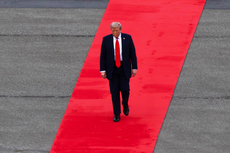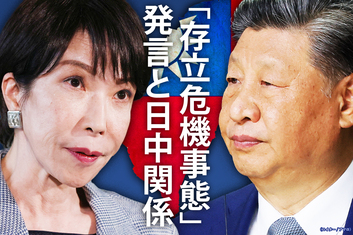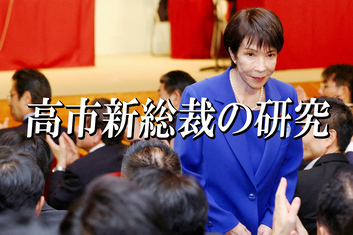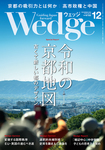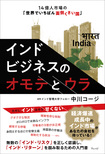President Barack Obama’s foreign policy legacy will be defined by his attempt to rebalance American strategic priorities to Asia. Despite losing momentum last year, the President’s stated intention is to leave behind a nation more at peace and far better poised to engage the dynamic Asia-Pacific region than it was before he entered the White House in 2009.
After winding down U.S. participation in two protracted ground wars while announcing a “pivot” to Asia during his first term, the President’s strategy appeared to meander during his fifth year in office. Secretary of State Hillary Clinton had stepped down to contemplate seeking the presidency in 2016. That meant the loss of the main champion of rebalancing, given that her 2011 Foreign Policy magazine article entitled, “America’s Pacific Century,” remained the most comprehensive explanation of the pivot. Her replacement, John Kerry, was immediately engulfed in Middle East diplomacy. Syrian President Bashar al-Assad had used chemical weapons and other types of brutal force on his own people, while Iran had provided a new opening for nuclear negotiations. Those developments demanded attention. Moreover, Secretary Kerry was seized with trying to revive an Arab-Israeli peace process.
Although that uncharacteristic bit of peacemaking and restraint might have been good news for rebalancing policy, others saw them as signs of a tapering of America’s global leadership. That was because in 2013 Washington was seized with political and budgetary gridlock. Sequestration became the law of the land, casting doubt on the ability of the United States to resource its strategy and fulfill its international commitments. Domestic dysfunction and the draw down of troops in Afghanistan suggested international retrenchment. The coup de grâce for the pivot, however, was the decision to cancel the President fall’s trip to Asia, including the East Asia Summit. Having gone to such lengths to join and promote the regional leaders’ meeting, the failure to show up in Brunei suggested a degree of capriciousness to U.S. foreign policy.
Foreign policy, like beauty, may be in the eye of the beholder. To this writer’s mind, however, the administration never wavered from its long-term shift to the Asia-Pacific. That is because the shift has been rooted in the changing world balance of power. Certainly Asia was never strictly ignored, and the United States continued to try to exert leadership on emerging issues. For instance, at the Shangri-la Dialogue in Singapore in the spring, Secretary of Defense Chuck Hagel highlighted the rising threat of Chinese cyberattacks and called for creating “international norms and responsible behavior” in cyberspace. In early October, American and Japanese defense and foreign ministers met in Tokyo for the first time and they reaffirmed the alliance and support for Japan’s increasingly proactive contribution to peace. In November, in response to Typhoon Haiyan’s devastating disaster, the United States, supported by other key states such as Japan, led the worldwide effort to support Filipinos in their time of humanitarian crisis. In contrast, China belatedly increased its humanitarian assistance after widespread criticism of its meager initial offering. Meanwhile, U.S. Trade Representative Michael Froman was accelerating efforts to conclude an historic 12-nation Trans-Pacific Partnership trade agreement. Thus, even during a severe budget crisis, the United States never relinquished significant engagement with the Asia-Pacific region.




